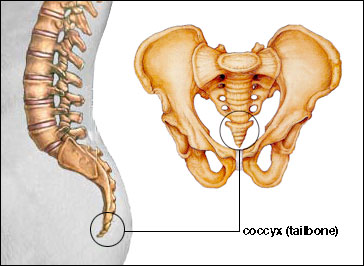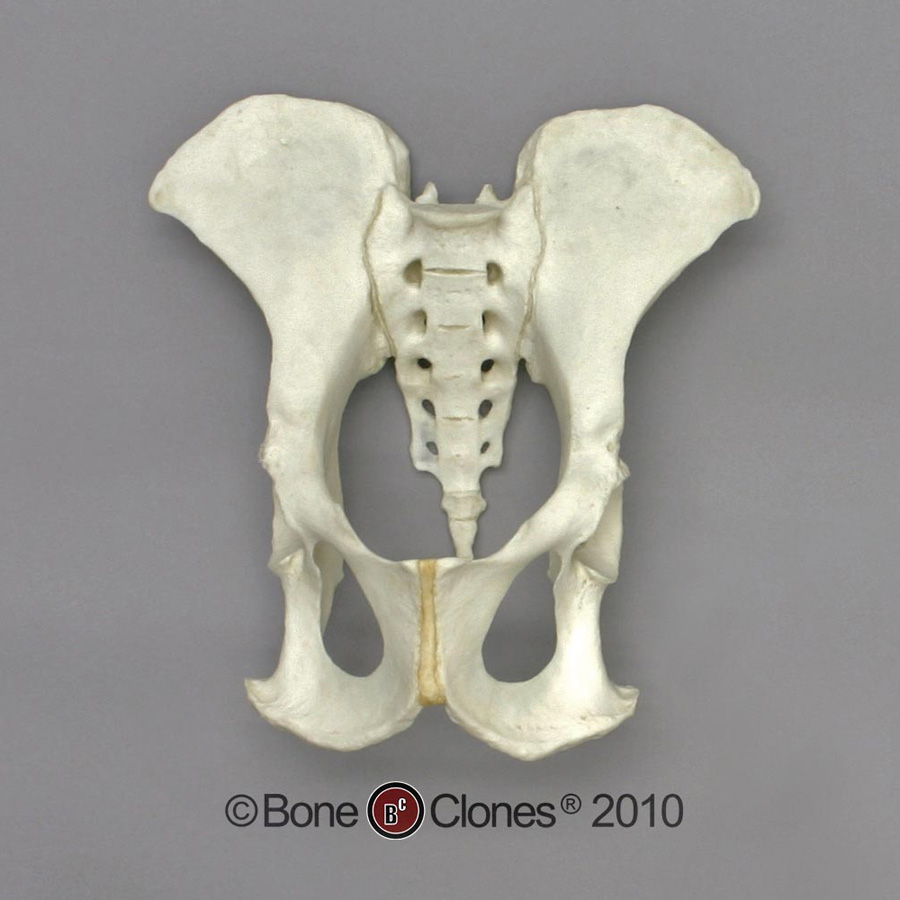HOMOLOGOUS:

In comparing two species such as the human and chimpanzee, you come to find a homologous trait. The tailbone of a human being and the tail of a monkey are great examples, in my opinion. The tailbone is actually called the tailbone because of this shared lineage. Because a human doesn’t actually have a tail but the tailbone is the last vestige or remains of where a tail would be, it is referred to as “vestigial.” Humans used to have a tail, but eventually evolved out of it, leaving behind the reminisce of simply the tailbone, whereas chimpanzees still carry that trait, as well as the tailbone. Humans and chimpanzees, two very closely related species, share a common ape-like ancestor that of which lived on Earth millions of years ago.

Above is a photograph of a human tailbone.

Above is a photograph of a chimpanzee's tailbone.
ANALOGOUS:

In comparing two different species such as, a human Eye and an Octopus Eye we find analogous traits. Both a human and octopus share not only different diets but also different environments. The octopus and the human are not closely related, whatsoever, yet the eye of a human is very similar in structure to the eye of the octopus. In fact, the octopus eye is superior to the human eye in that it does not have a "blind spot". Both eyes are round and have the same structural traits. Both have an eyelid, cornea, retina, pupil, iris, lens, and optic nerve. The human eye and octopus eye are used to hunt for prey in two completely different environments. Being underwater the octopus must be able to see in the dark, while the humans must be able to see in bright habitats. This can be the reason why both species developed an eye to help advance its survival in habitats they live in. I would presume that millions of year ago they shared a common ancestor between the octopus and human had analogous traits. The species had to of, because when the ancestral organisms split and down the path of evolving into each species and giving them the ability to develop eyeballs evolved into every species following to also develop eyeballs, regardless of their function, location, or lifestyle.
I chose a human and a dolphin arm and fin for homologous traits and i enjoyed reading yours. I did not know a tailbone can be called a vestigial and i didn't know that humans had a tail before. The eyes of octopuses don't have a blind spot, wish i was them and that their eyes are so cool, they are very similar. I just wished you could have added more information, but great analysis though.
ReplyDeleteYes! I loved hearing about the human and dolphin arm! I had absolutely no idea they related in any way at all, so i guess the feelings of enjoyment was mutual in reading each other's posts! Thank you!
DeleteThis was a very well written blog, i enjoyed reading it immensely. I was also going to do the eyes of humans and octopus, it was interesting to learn that. Great job!
ReplyDeleteThank you! I was just as interesting writing it as you were reading it!
DeleteThis was a very good example of both homologous traits and also analogous traits. I read about the octopus eye and the human eye online,when I was researching. It was really interesting to read about. I am glad that you chose that analogous trait to compare it is really unique. It is really crazy to me that the octopus eye is much more superior than the human eye,since our eyes are so complex. Good Post!!
ReplyDeleteExactly, like how interesting is that!? I can't get over it! They don't even have a blind spot, which I guess is extremely helpful in the dark depths of the sea, huh? But thank you!
DeleteThis was a very good example of both homologous traits and also analogous traits. I read about the octopus eye and the human eye online,when I was researching. It was really interesting to read about. I am glad that you chose that analogous trait to compare it is really unique. It is really crazy to me that the octopus eye is much more superior than the human eye,since our eyes are so complex. Good Post!!
ReplyDeleteIt is true that the tail bone of the humans and the tail of monkeys are homologous traits, but the chimpanzee is not a monkey (it is an ape, like humans) and it has no tail. Make sure you recognize this distinction. An image of the monkey tail would have been helpful as well.
ReplyDeleteCan you speculate as to why this difference exists? Why did apes lose their tail and why did monkeys keep theirs? Can you explain this in terms of the environment?
Correct, humans and monkeys share a common ancestor, but did that ancestor possess the ancestral tail structure? We need to know this to confirm that these are indeed homologous structures instead of analogous.
Good choice on your analogous trait and great description of the advantages of the octopus eye over the human.
It isn't clear whether or not you think the common ancestor possessed an eye structure and passed it on to both of these organisms. Can you clarify? Why is this an important point to address for analogous traits?
Good images of your analogous traits.
Apes probably lost their tail and monkeys kept theirs because as their environment changed, and populations grew, there was probably a change in feeding ecology that pressured apes and monkeys to develop different traits to reduce competition. Also, since chimps and humans both do not have a tail, it is safe to say that their matrilineal ancestor did not either.
DeleteAs for my analogous trait, I do not think the common ancestor passed these traits along, due to the fact that the octopus eye is much more developed and skilled than the human eye.
Thank you for the reply. Good response on the issue of the primate tail.
DeleteWith regard to the analogous trait, this issue is important because for traits that are analogous, they CAN'T have arisen through common descent. So you can't have that common ancestor passing these traits onto the two descendents. If they did, they would be, at minimum, shared genetic traits, not analogs. You need to be able to confirm that the eye arose independently in at least one of those organisms. Fortunately, we do know that this is a case of both eyes evolving independently from each other, as eyes have evolved independently several time in natural history.